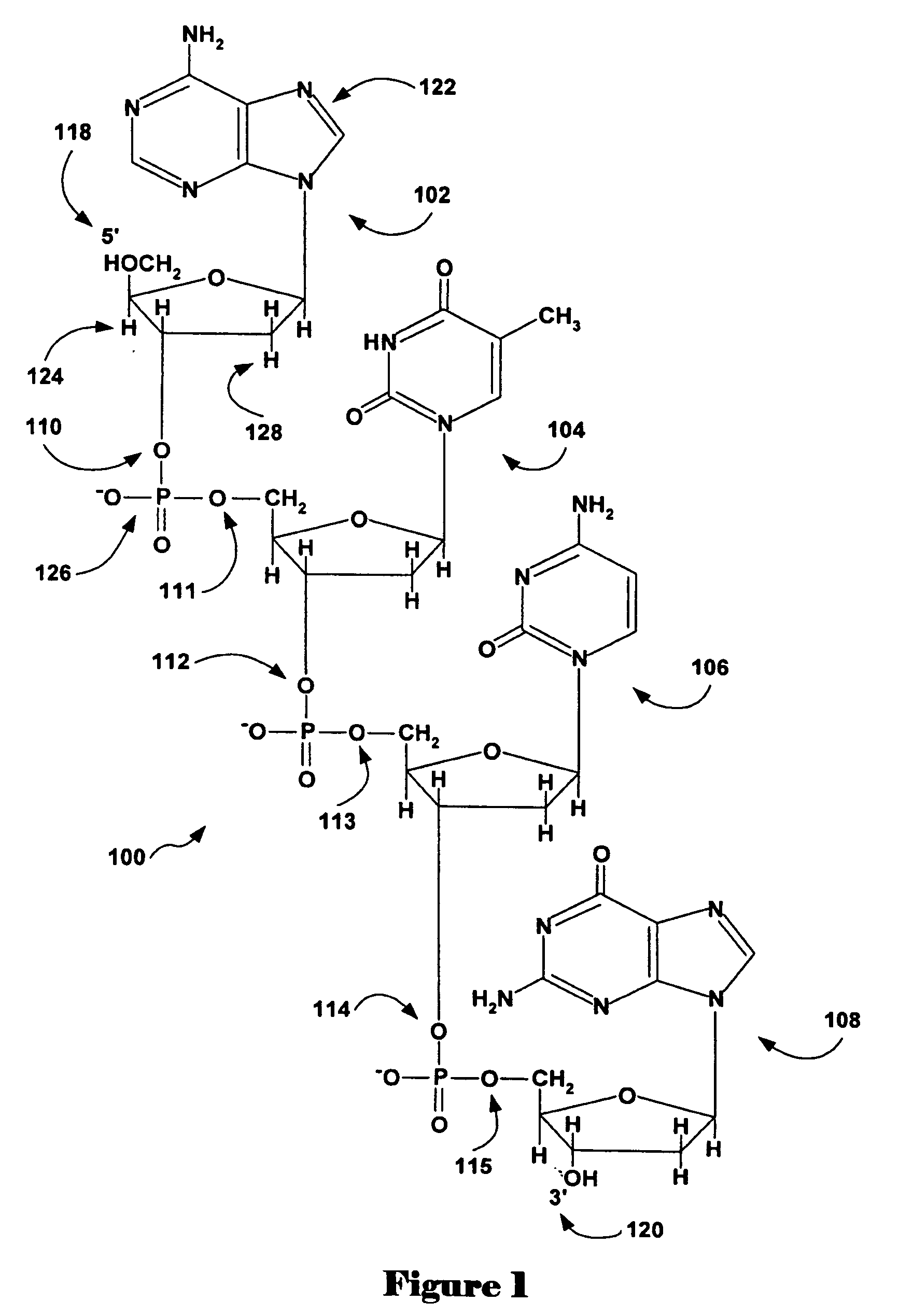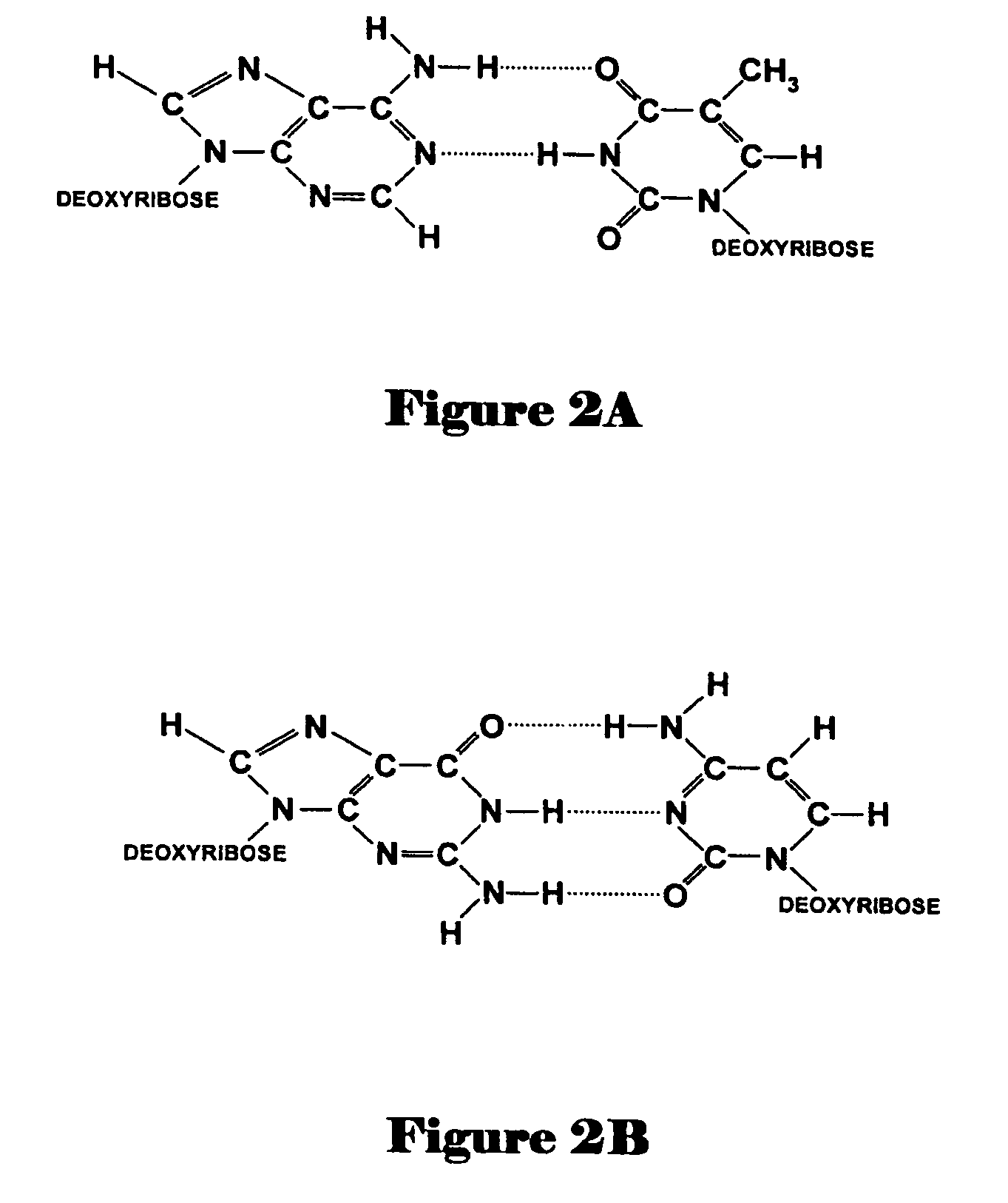Method and system for testing feature-extractability of high-density microarrays using an embedded pattern block
a high-density array and feature extraction technology, applied in specific use bioreactors/fermenters, biomass after-treatment, biochemical apparatus and processes, etc., can solve the problems of affecting the accuracy of signal intensities interrogated from high-density arrays, affecting the feature extraction method that rely on background intensity determination, and affecting the accuracy of signal extraction methods. , to achieve the effect of evaluating feature extraction and feature extraction
- Summary
- Abstract
- Description
- Claims
- Application Information
AI Technical Summary
Problems solved by technology
Method used
Image
Examples
Embodiment Construction
[0031] One embodiment of the present invention is directed to a method and system for ascertaining the feature-extractability of a high-density microarray by integrating, within the microarray, a two-dimensional reference pattern. In an embodiment described below, the reference pattern includes hexagonally packed positive and negative control features. Positive control features are designed to generate high-intensity signals following exposure of the microarray to a sample solution, and negative control features are designed to generate no signal or a low intensity signal. The embedded calibration device comprises a set of pattern blocks, each pattern block comprising a number of microarray features arranged in a specific pattern of low-intensity and high-intensity features, which are positioned at known locations on the microarray. In one embodiment of the present invention, the reference patterns are located at one or more corners of the microarray. The pattern blocks can be visua...
PUM
| Property | Measurement | Unit |
|---|---|---|
| area | aaaaa | aaaaa |
| area | aaaaa | aaaaa |
| diameters | aaaaa | aaaaa |
Abstract
Description
Claims
Application Information
 Login to View More
Login to View More - R&D
- Intellectual Property
- Life Sciences
- Materials
- Tech Scout
- Unparalleled Data Quality
- Higher Quality Content
- 60% Fewer Hallucinations
Browse by: Latest US Patents, China's latest patents, Technical Efficacy Thesaurus, Application Domain, Technology Topic, Popular Technical Reports.
© 2025 PatSnap. All rights reserved.Legal|Privacy policy|Modern Slavery Act Transparency Statement|Sitemap|About US| Contact US: help@patsnap.com



